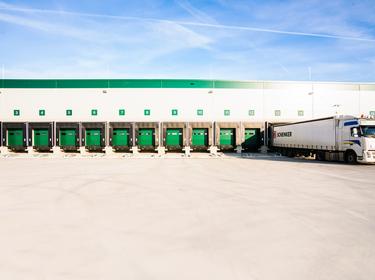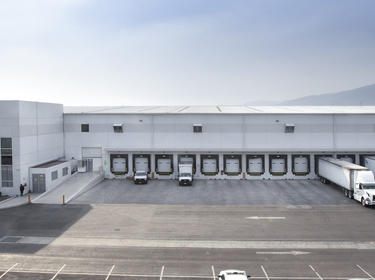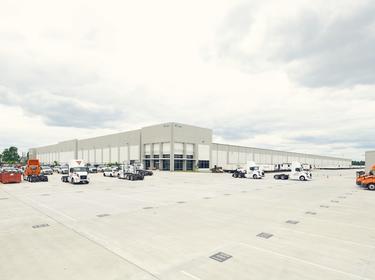
FACTORS INFLUENCING WAREHOUSE RENTAL COSTS
Several internal and external factors ensure that the price of warehouse space will never be a “one-size-fits-all" figure, but instead vary depending on specific needs and circumstances. Here are some key elements that affect warehouse rental costs:
Location: Just like personal real estate, location is a prime factor in determining logistics and warehouse rent. Warehouses in urban or densely populated areas are closer in proximity to major transportation hubs and consumer markets. In contrast, facilities located in rural areas might offer different rental rates but could increase transportation and logistics costs.
Size and Space Requirements: The amount of space you need is directly proportional to the cost. Larger warehouses with more square footage will usually cost more.
Type of Warehouse: The cost can vary depending on the type of warehouse. For instance, a standard storage facility will have different pricing compared to a warehouse equipped with material handling equipment, advanced security systems, or automated logistics support.
Lease Terms: Longer lease terms can often result in lower monthly rates as landlords prefer the stability of a long-term tenant. Conversely, short-term leases might come at a premium due to the higher turnover and administrative costs involved.
Amenities and Services: Additional amenities such as advanced security systems, fire protection services, on-site management, and logistical support can also influence the rental cost.






